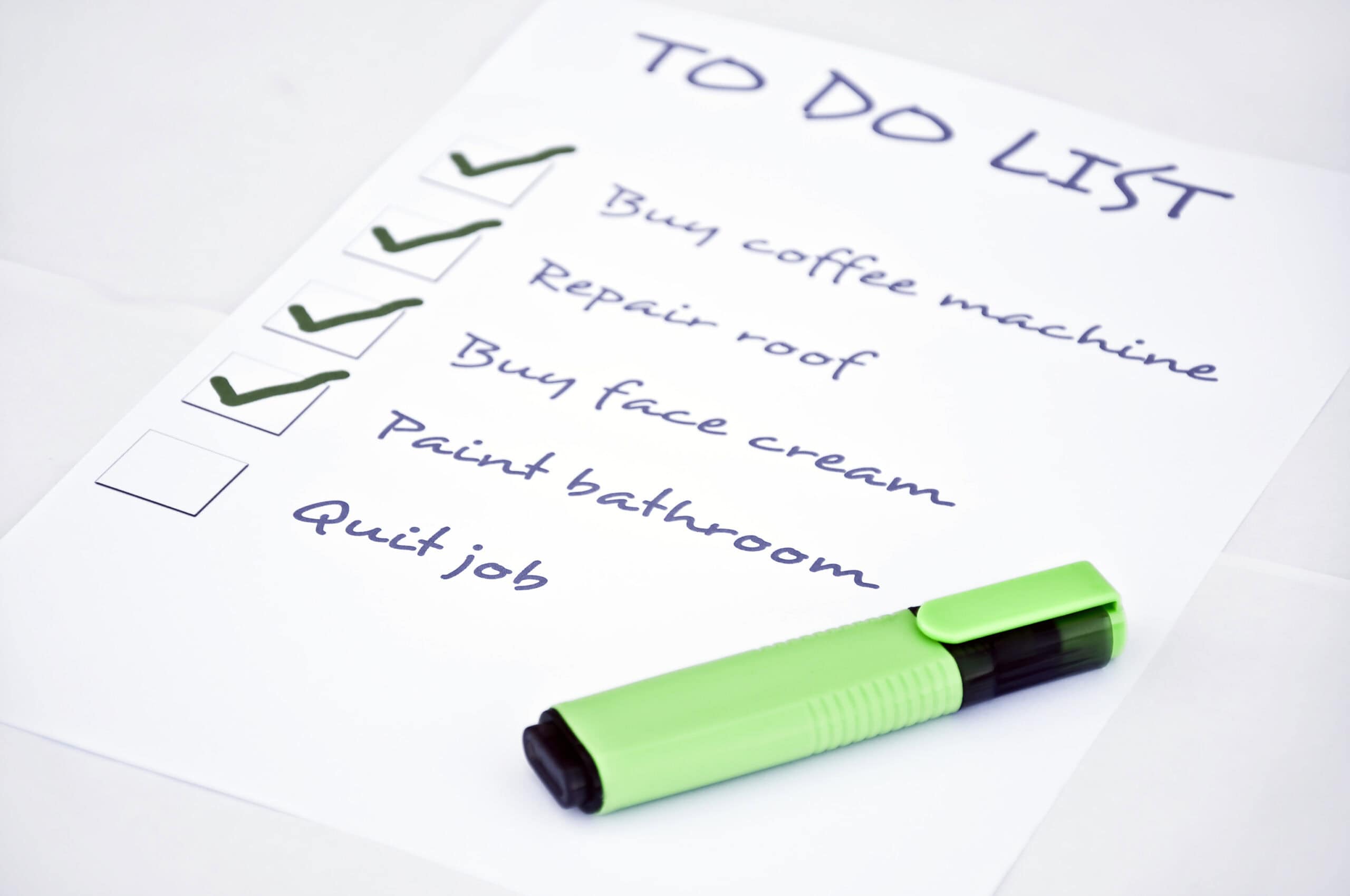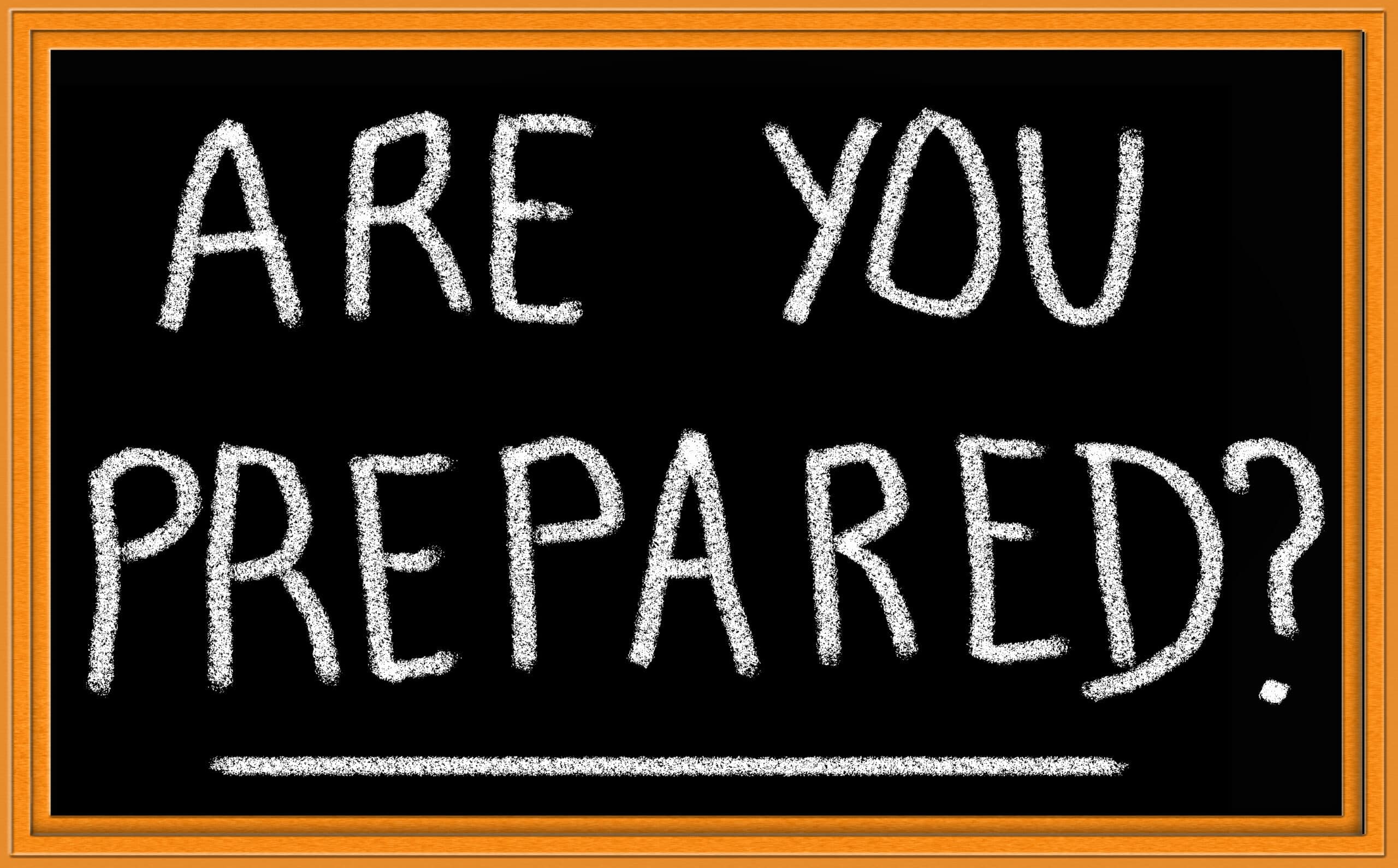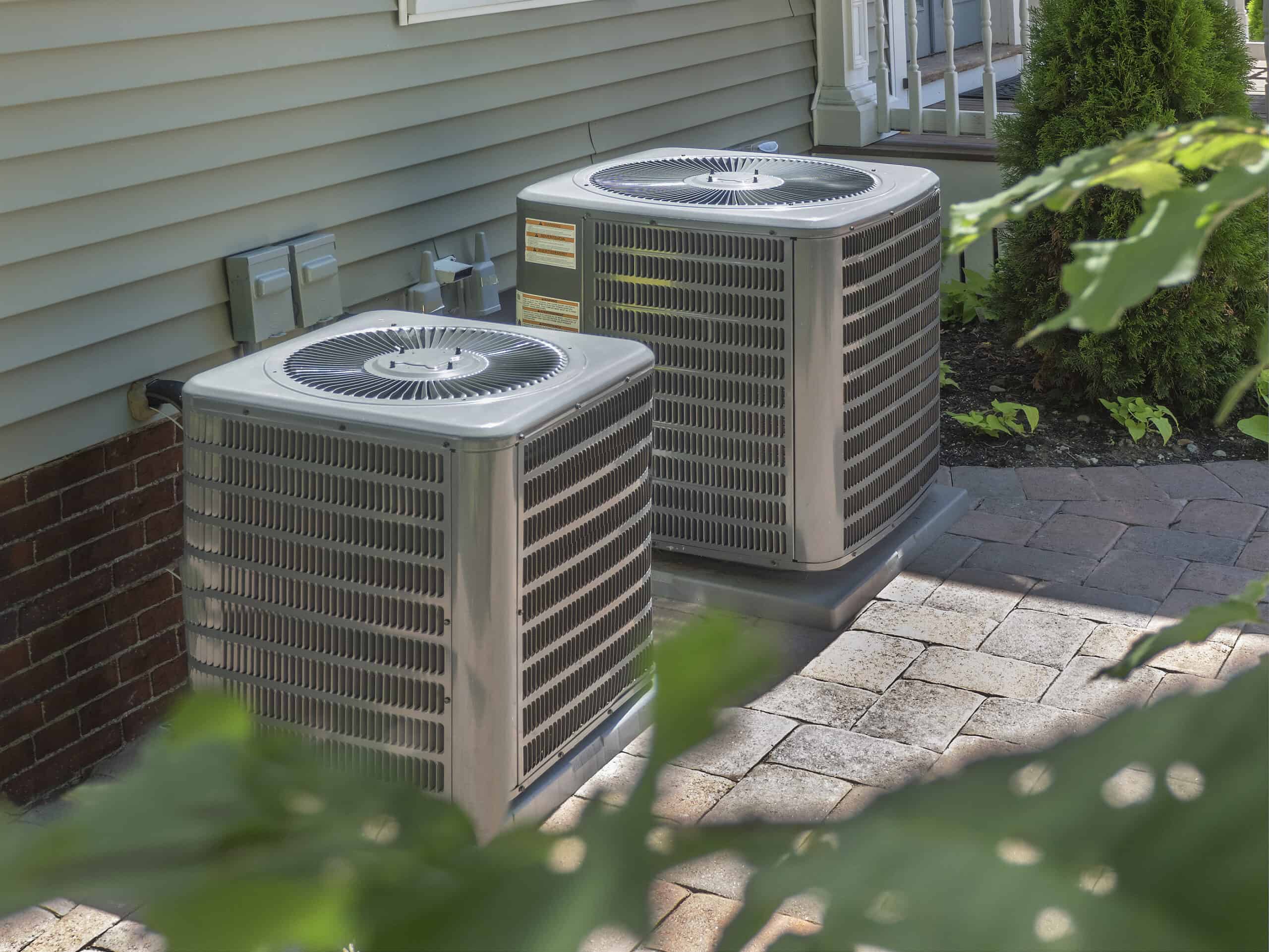The Ultimate Guide: Move-in Checklist for New Homeowners

Moving into a new home is an exciting step, filled with possibilities and the start of new beginnings. As part of your move-in checklist for your new home, it’s crucial to prepare efficiently for moving day, ensuring movers are scheduled, inventory is taken, and packing materials are ready. These initial steps, along with considering important actions like baby-proofing and pet-proofing your space, setting up utilities, and decluttering to make your new space truly yours, lay the groundwork for a seamless transition. These tasks not only help in organizing your move but also play a significant role in transforming a house into your home.
As you embark on this journey, focus on key aspects from the very beginning, such as changing locks for security, updating your address, and conducting essential safety checks and equipment installations. These pivotal steps, combined with diving into deep cleaning before unpacking, exploring the neighborhood, and planning for future home upgrades, and necessary maintenance on elements like windows, siding, doors, and the roof, are all integral parts of settling in. This comprehensive guide will navigate through each crucial step, offering moving tips and a structured moving checklist that ensures nothing is overlooked, making the process as stress-free and fulfilling as possible.

Change the Locks
Changing the locks on your new home is a fundamental step in ensuring your safety and peace of mind. It’s impossible to know how many copies of the keys exist or who might have them. For optimal security, replace the locks on every external door, including front, back, garage, and basement doors.
Steps to Change Locks
- Inventory Existing Locks: Walk through your home and note each door that needs a new lock, including any sliding doors or windows that require additional security measures.
- Purchase New Locks: Visit a home center or hardware store to select new locksets. Consider choosing locks that can be keyed to the same code number to simplify your keyring.
- Remove Old Locks: Use a screwdriver to unscrew the old locks, carefully removing both the knob and the deadbolt components.
- Install New Locks: Position the new latch and deadbolt into the door. Secure them with screws and ensure they align correctly with the door frame for easy locking and unlocking.
- Test Your New Locks: Ensure that each lock functions smoothly and provides a secure closure.
Cost and Additional Considerations
- Budgeting for Lock Changes: Changing locks can range from $40 to $400 depending on the quality and complexity of the lockset. Consider a professional locksmith if you prefer not to DIY, which might add $80 to $200 in labor costs.
- Choosing Lock Types: For enhanced security, invest in a sturdy deadbolt or a smart lock system. Brands like KwikSet SmartKey or Schlage LiNK offer advanced features such as re-key technology and Z-Wave compatibility, which can integrate with your home automation systems.
Changing your locks not only secures your home but also gives you control over who has access. Take the time to do this promptly after moving in to protect your family and your belongings.
Change Your Address
Updating your address when moving into a new home is a crucial step to ensure that all your correspondence, services, and legal documents are directed to your new location. Here’s a straightforward approach to changing your address efficiently:
Key Entities to Notify
- United States Postal Service (USPS): Start by updating your address online at USPS.com/move for a minimal fee of $1.10, or pick up a Mover’s Guide packet from your local post office. Watch out for scammers charging excessive fees for this service.
- Government Agencies: Inform the IRS, Social Security Administration, Department of Veterans Affairs, and U.S. Citizenship and Immigration Services to ensure your tax, social security, veterans benefits, and immigration records are updated.
- State Departments: Visit your state’s Department of Motor Vehicles (DMV) to update your driver’s license and vehicle registration. Don’t forget to update your voter registration through your state’s election office.
Financial and Insurance Updates
- Insurance Providers: Notify your home or renters insurance, car insurance, and any other relevant insurance providers about your move. Consider purchasing separate moving insurance, as standard policies might not cover moving damages.
- Banks and Financial Institutions: Update your address with your bank, credit card companies, and any loan issuers. This ensures that all financial statements and related documents reach you without any issues.
Utilities and Subscriptions
- Subscription Services: Update your address for all delivery services, including retail websites, streaming services, magazines, and any clubs or religious institutions you belong to.
By systematically updating your address across these critical areas, you ensure a smooth transition to your new home without missing important communications or services. Remember to also notify your employer, doctors, dentists, lawyers, accountants, and any other personal service providers of your address change.
Set Up and Transfer Utilities
Setting up and transferring utilities at least one month before you move in is a critical step in the moving process that ensures your new home is ready and functional when you arrive. Here’s a streamlined approach to managing this task efficiently:
Determine and Contact Utility Providers
- Identify Your Utility Providers: Research to determine who your providers are for electricity, gas, water, and sewage. This information can often be obtained from the previous homeowner, your real estate agent, or the local municipality.
- Contact Utility Companies: Reach out to each utility provider at least 2-3 weeks before your move. This timeline ensures that all services, such as heating, electricity, and water, are operational by the time you move in.
Essential Utilities Setup
- Electricity and Gas: The average home uses approximately 911 kWh of electricity monthly, with costs varying significantly by state—from as low as $81 in Louisiana to $246 in Hawaii. Natural gas, used for heating and cooking, accounted for about 15% of total U.S. consumption in the residential sector in 2020.
- Water and Sewage: Your monthly bill will typically include charges for water usage, sewage, and possibly city sales tax. It’s crucial to ensure these services are active to avoid any inconvenience upon moving in.
Connectivity and Security Installations
- Internet and TV: Decide how you’ll access the internet—options include DSL, cable, cellular, or through your local telephone provider. Set up appointments for installation to ensure connectivity is not disrupted.
- Home Security: Consider setting up a home security system. Fees might include equipment, installation, and ongoing monthly monitoring. This step is especially important if you value having an additional layer of security for peace of mind.
By taking these steps to set up and transfer utilities, you ensure a smooth transition into your new home without the hassle of last-minute arrangements or disruptions in essential services.
Get to Know Your Home
Creating a homeowner’s journal is a proactive step in managing your new property efficiently. This journal should include all essential documents like purchase records, warranty papers, and receipts for any home improvements or repairs. Storing these documents systematically ensures that you’re prepared for tax time and can easily access any information related to home maintenance or warranties.

Essential Home Maintenance Checklist
To keep your new home in top condition, consider the following maintenance tasks:
- HVAC System Maintenance: Schedule regular cleaning and servicing to ensure your heating, ventilation, and air conditioning systems are running efficiently.
- Plumbing Checks: Inspect pipes and fixtures regularly to prevent leaks and water damage.
- Electrical System Review: Hire a professional electrician to inspect your home’s wiring, especially if the building is older. This can help prevent potential hazards.
- Appliance Maintenance: Ensure all appliances are in good working condition. Regularly check and maintain major appliances to avoid unexpected breakdowns.
Know Your Home’s Utilities and Safety Features
Familiarizing yourself with the critical components of your home’s infrastructure is essential:
- Main Water Shut-Off Valve: Knowing where this is can save you from major water damage in case of a pipe burst.
- Circuit Breaker Box: Label each circuit clearly to avoid confusion and ensure safe usage.
- Smoke Detectors: Test and replace batteries regularly to maintain functionality and enhance safety.
- Room Measurements: Check that your furniture fits in the designated spaces to avoid clutter and maintain a harmonious living environment.
Understanding these aspects of your home not only helps in maintaining it but also prepares you for emergencies. Regular updates to your homeowner’s journal and adherence to the maintenance checklist will ensure your home remains a safe and pleasant place to live.
Safety Checks and Equipment Installation
Ensuring the safety of your new home is crucial for both peace of mind and practical living. Start by installing a comprehensive home security system that includes alarms and possibly cameras, which can be monitored remotely. This system not only deters potential intruders but also ensures that help is readily available in case of an emergency.
Fire Safety and Prevention
Fire safety should be a top priority in any new home. Install smoke alarms and carbon monoxide detectors on every level of your home, inside bedrooms, and outside sleeping areas. It’s essential to test these devices monthly and replace their batteries annually to maintain their effectiveness. Additionally, consider installing a fire sprinkler system to enhance protection against fire hazards. Keep fire extinguishers accessible on every floor, particularly in the kitchen, and ensure everyone in the home knows how to use them. Developing and practicing a fire escape plan with your family can further enhance safety by preparing everyone for potential emergencies.
Child and Pet Proofing
Creating a safe environment for children and pets involves several straightforward adjustments. Install safety latches on cabinets and drawers to prevent access to hazardous materials, and use protective padding on sharp furniture edges to avoid injuries. For homes with young children or pets, ensure that window bars have quick-release mechanisms to facilitate an easy escape in emergencies. Additionally, placing decorative markers on glass doors can prevent accidents by making the doors more visible.
Deep Clean Before Unpacking
Before you start unpacking your belongings, it’s essential to perform a thorough deep clean of your new home to ensure it’s sanitized and welcoming. Begin by cleaning from the top of each room and work your way down. This method helps in efficiently managing dust and debris that naturally falls downward during the cleaning process. Start with the ceilings, corners, vents, fans, and light fixtures to remove cobwebs, dust, and dander. Then, move on to cleaning windows and mirrors, using a window cleaner for the glass and a general-purpose cleaner for the windowsills.

For areas like the kitchen and bathrooms, which require special attention, start with the cabinets and closets. Use a clean cloth dampened with an all-purpose cleaner to wipe down the interiors and exteriors, including hardware such as handles, knobs, and pulls. In the bathroom, scrub the tub, shower, and sinks with appropriate cleaners. For tough soap scum on glass shower doors, a vinegar solution can be effective. Don’t forget to disinfect the toilet thoroughly, inside and out, using a disinfecting cleaner.
Lastly, focus on the floors across your new home. Remove any existing elements from the stove, such as drip pans and racks, and soak them in hot, soapy water while you sweep and mop the floors. For carpeted areas, consider hiring a professional cleaner or thoroughly vacuuming them yourself. Wood floors should be treated with a mild soap to maintain their finish, while other floor types like tile, linoleum, stone, and concrete should be swept and mopped thoroughly. By following these steps, you ensure that every corner of your new home is clean and ready for your family and possessions.
Explore the Neighborhood
Exploring your new neighborhood is both an exciting adventure and a practical step towards settling into your new home. Start by taking leisurely walks around your area, which not only helps you get a feel for the layout but also presents an opportunity to discover essential places like local shops, parks, and community centers. This firsthand experience of your surroundings will aid in visualizing daily life and planning your routines more effectively.
Building relationships with your neighbors is another crucial aspect of integrating into your community. Introduce yourself, attend local events, or even host a small housewarming gathering to break the ice. Engaging with your neighbors can provide you with invaluable insights about the area, from safety tips to recommendations on the best local services—be it healthcare, home repairs, or the nearest grocery store. These interactions often lead to lasting friendships and a deeper connection to your new environment.
Lastly, immerse yourself in the local culture by supporting nearby businesses and attending community events. Whether it’s trying out different restaurants weekly to sample the local cuisine or visiting museums and historical sites, each activity will enrich your understanding of the neighborhood’s heritage and community spirit. Joining clubs or groups that align with your interests can also be a fantastic way to meet like-minded residents and feel more at home in your new surroundings.
Plan for Maintenance and Improvements
To ensure your new home remains in peak condition and to potentially increase its value, consider implementing a structured maintenance and improvement plan. This approach not only helps in addressing immediate repair needs but also in planning for future upgrades and efficiency enhancements.

Energy Efficiency Initiatives
Making your home energy efficient is a proactive step towards reducing utility bills and enhancing comfort. Start by:
- Installing energy-efficient appliances that consume less power and water.
- Lowering your water heater temperature to avoid excess energy use.
- Utilizing curtains to keep heat in during the winter and out during the summer.
- Running full loads in your washing machine and dishwasher to maximize efficiency.
- Air drying laundry and dishes when possible to save on electricity.
Scheduled Home Improvements
Before moving in, it’s ideal to complete any pending home improvements. This might include:
- Major upgrades like refinishing hardwood floors or replacing outdated appliances.
- Simple fixes such as scraping off old popcorn ceilings for a modern look.
- Scheduling professional cleaning for tasks that require specialized equipment, like deep carpet cleaning.
Ongoing Maintenance Checklist
Maintaining your home is an ongoing process that keeps it safe and functional. Regular tasks should include:
- Replacing or cleaning filters in HVAC systems to ensure efficient operation.
- Checking and unclogging drains and gutters to prevent water damage.
- Inspecting and sealing gaps in windows and doors to improve insulation.
- Seasonal checks on roofing and exterior paint to guard against weather damage.
- Professional inspections of the heating system and chimney to ensure they are safe and operational.
By adhering to these guidelines, you can enjoy a comfortable, safe, and energy-efficient home while potentially increasing its long-term value.
Conclusion
Embarking on the journey of moving into a new home is filled with tasks that transition a space into a personal haven, from changing locks to ensure safety, to immersing oneself in the local community for a sense of belonging. These steps not only make the move smoother, but also lay the foundation for creating a space that reflects personal taste and comfort. Ensuring that all action items, from safety checks to utility setups, are addressed, transforms the daunting task of moving into a structured and manageable process, setting the stage for a home that is not just a place to stay but a place to live fully and joyfully.
As homeowners settle into their new dwellings, the journey from moving in to making a house a home continues with maintenance and improvements that enhance both the essence and value of the property. For those looking to invest further in the comfort and efficiency of their homes, consider exploring options for energy-efficient upgrades. Whether planning for immediate changes or contemplating future enhancements such as landscaping or interior upgrades, taking these steps adds not only to the aesthetic appeal and functionality of your home but also to its overall market value. Should your plan include enhancing or replacing your home’s windows, siding, doors, or roofing, getting a free quote can be a valuable step towards realizing your home improvement goals.





